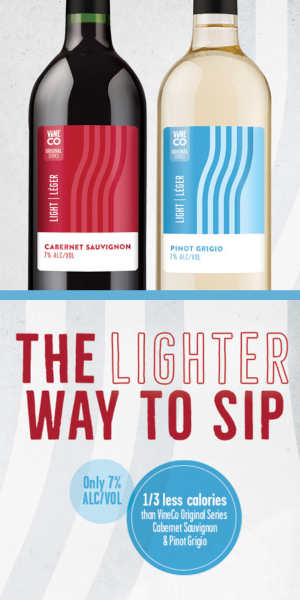For harvest purposes, when adding SO2 to grapes in order to knock down feral yeast and bacteria (with the goal of reducing VA and letting your yeast of choice get a foothold), I tend to add 35 ppm total SO2 (calculate based on 1 ton of grapes = 170 gallons wine/1 metric ton = 710 liters). 50 ppm seems a bit much unless your fruit is compromised by mold, rot, or Botrytis, etc. That being said, if I know I’ve got high pH fruit to begin with, like a hillside Syrah I know will land post-crush over 3.7 pH, then I might up it to 40 ppm.
In the fruit stage, I don’t sweat it so much and neither do many winemakers. This addition is a theoretical target as well. It is a bit of an over kill if a winemaker was taking sulfite readings to make sure they’ve hit their target at this stage in the game. Adding a little over or under won’t hurt too badly because much of the excess free SO2 will get bound up during fermentation whereas a slight under-addition will be OK. On the other hand, when a wine is finished with fermentation, and especially when it’s clear and approaching bottling, you have very little wiggle room for error. For long-term bulk aging (in carboy, barrel, or tank) it is important to take final pH into consideration and err on the high side for low-acid (high pH) wines in order to give them a fighting chance against oxygen and microbes.
Adding a little over or under won’t hurt too badly because much of the excess free SO2 will get bound up during fermentation whereas a slight under-addition will be OK.
Don’t forget, you can always help the situation by making sure your wines are in the microbial “safer zone” by keeping your whites under pH 3.55 and reds below 3.75. Most of you know I’ve never been an advocate of trying to achieve the “molecular SO2 gold standard” of 0.8 ppm (mg/L) of SO2 because for most modern-day reasonable table wine pH’s, you’d have to add so much sulfur dioxide the quality of the wine could be compromised. Not such a good goal, eh?




